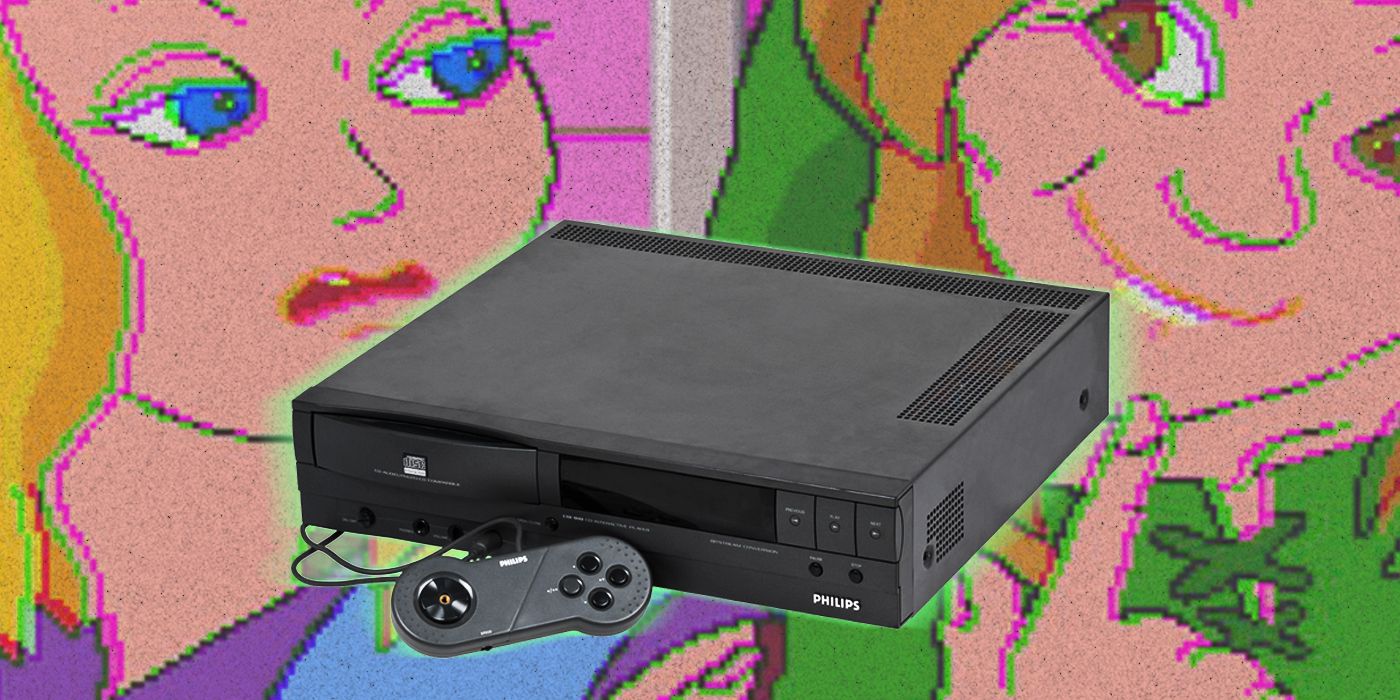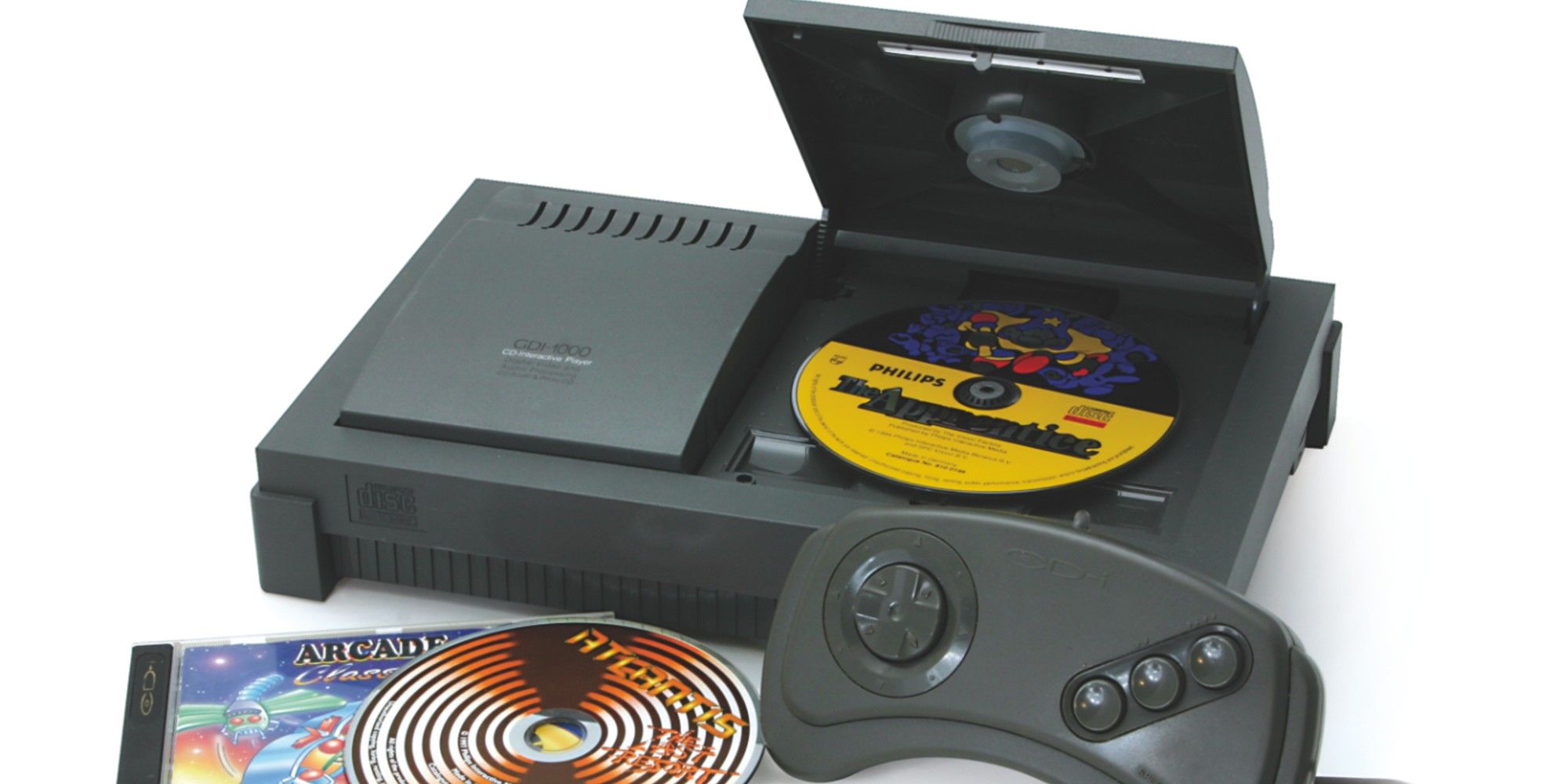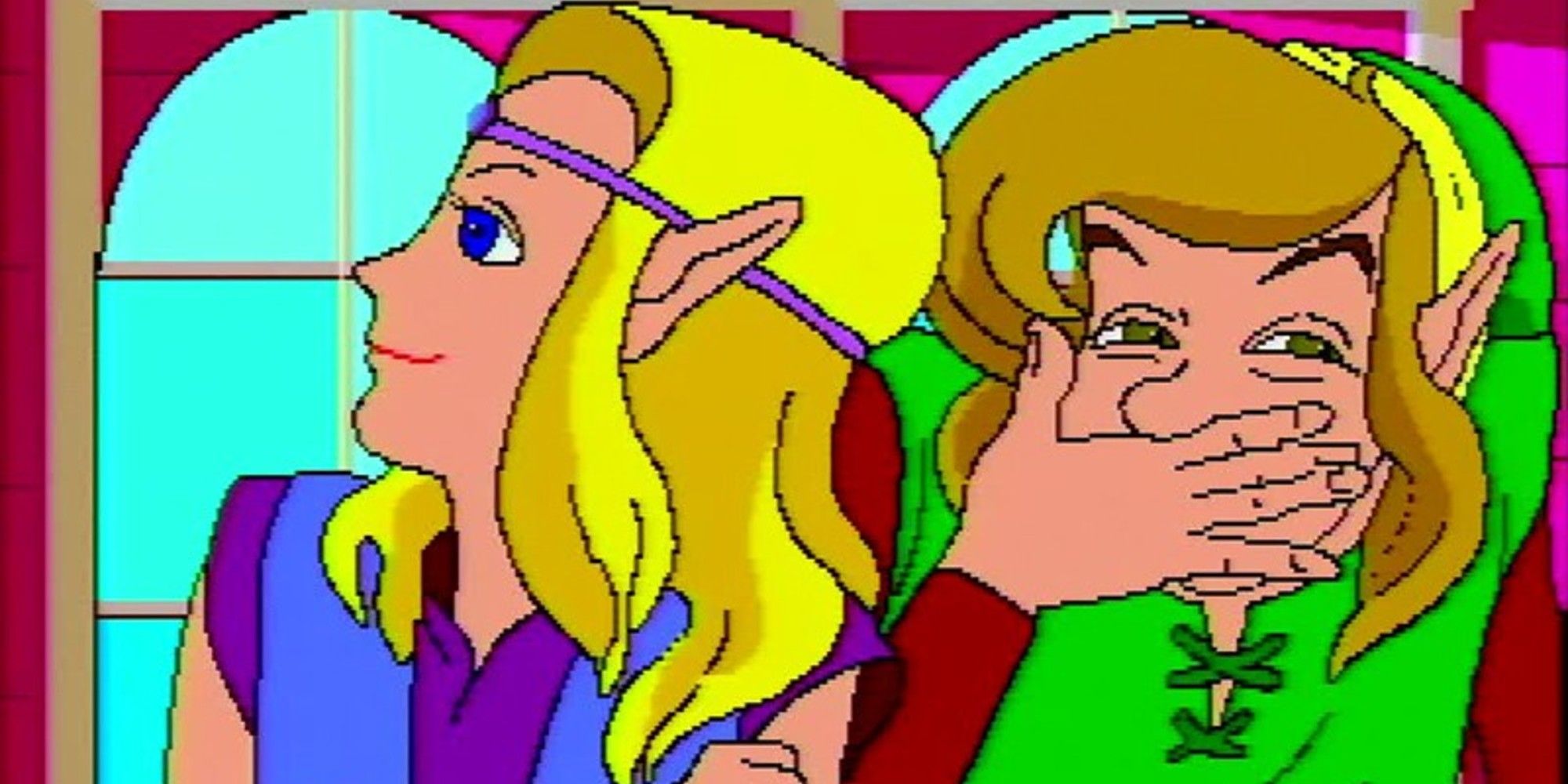Video games enjoyed overwhelming success in the 1990s, with Nintendo and Sega taking the industry further than it had even been before. Other companies also took a chance on releasing a console in this time, and while a few became pivotal consoles of the era, many failed to capture mainstream appeal. One of these systems is the forgotten Philips CD-i. The underwhelming console tried to be an all-in-one entertainment system but couldn't live up to the hype. However, the CD-i had one advantage over other freshmen consoles: Nintendo gave Philips the license to some of its most iconic characters.
The Philips CD-i came about after an agreement with Nintendo fell through in the late 1980s. Nintendo originally hired Philips to create a disk-based accessory for the SNES. However, it had also hired Philips' rival, Sony, to aid in the project's development. Sony would create the hardware, while Philips developed the format. As Nintendo's add-on started to take form, the gaming giant decided to part ways with both Philips and Sony to focus on other projects. With the add-on nearly completed, both companies decided to take what they had and develop a gaming console of their own. Philips released the CD-i, while Sony launched the PlayStation.
To make amends with Philips, Nintendo gave the company the license to five of its biggest video game characters, including Mario and Link from The Legend of Zelda. This allowed Philips to create games using legendary video game mascots without Nintendo overseeing development. Philips thought Nintendo characters would boost the CD-i's appeal among gamers. However, what started out as a blessing turned into a disaster after Philips mishandled the iconic IPs.
Instead of finding a respected developer to handle the CD-i's Nintendo games, Philips relied on unknown software companies to create the titles. An obscure developer called Animation Magic developed two Zelda games for the CD-i: Zelda: The Wand of Gamelon and Link: The Faces of Evil. Both games were made simultaneously and rushed out the door within a year, and both were complete disasters. The titles suffered from a slew of issues ranging from shoddy controls to poor character development. They were critical and commercial failures that many Zelda fans refuse to acknowledge. Today, the CD-i's Zelda games are known for their horrendous animated cut scenes more than their gameplay.
The colossal failure of these games games didn't stop Philips from continuing the franchise on the CD-i. Philips hired the Viridis Corporation to develop a third Zelda entry titled Zelda's Adventure. The game had an incredibly small budget, severely hindering Viridis' creativity. Much like the previous games, Zelda's Adventure didn't mirror the original Nintendo titles in the slightest. While it did return to a top-down view, the game still felted like a cheap knock off of the Nintendo series. The game flopped as interested in the CD-i continued to dwindle.
Zelda wasn't the only Nintendo brand to fall victim to the CD-i. Mario also made an appearance on the system in a strange puzzle game called Hotel Mario. Philips decided to put one of its video game subsidiaries, Fantasy Factory, in charge of its development after continuously being let down by outside studios. However, Hotel Mario wasn't the groundbreaking Mario title Philips was hoping it would be.
The entire game consisted of Mario running around closing hotel doors while avoiding a few non-threatening enemies. The game had very little to offer players and didn't push the franchise forward in any way. Because of this, most gamers found Hotel Mario to be extremely bland. Plus, by that time, most gamers had moved on to the more innovative titles of the mid-90s, causing the CD-i to fall further into obscurity.
Philips somehow managed to keep the CD-i alive until 1998, when it discontinued the system after selling all its gaming subsidiaries a few years earlier. In a way, the CD-i was ahead of its time. It served as an all-in-one entertainment system that supported movies, games, educational programs and even an early version of the internet. Unfortunately, the CD-i fell short in nearly every department. The system is now remembered for its ridiculous Nintendo games more than its innovative technology. The CD-i may have left its mark on the video game industry, just not the mark Philips had in mind.



